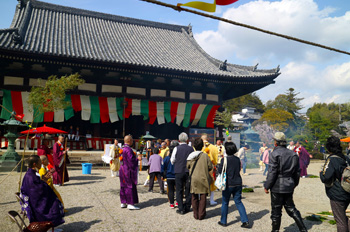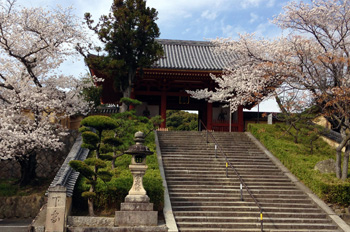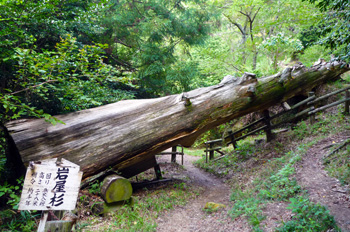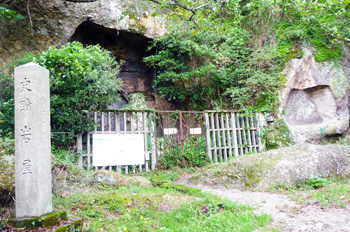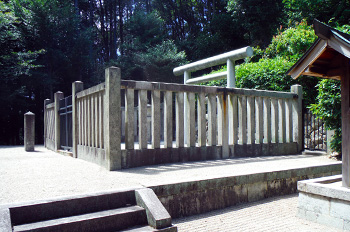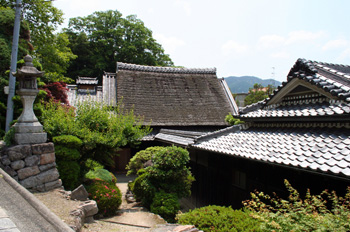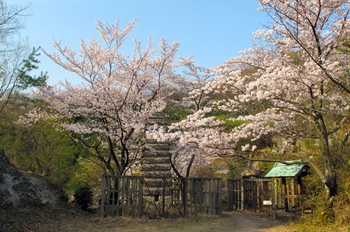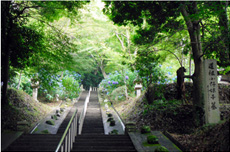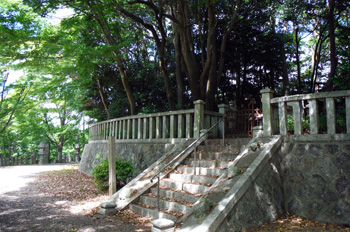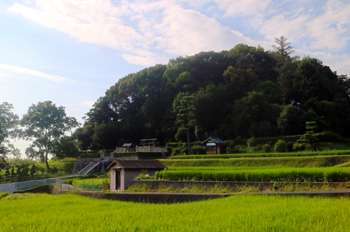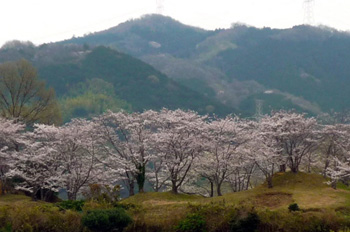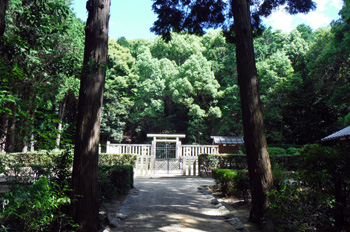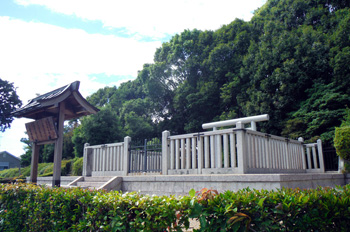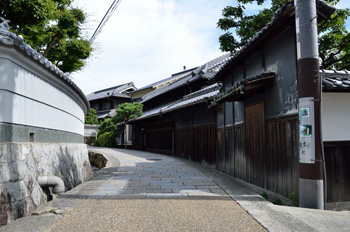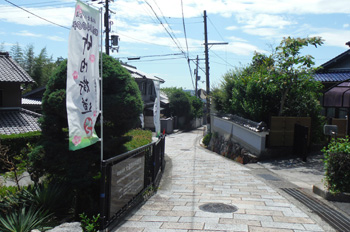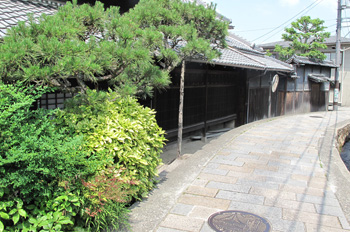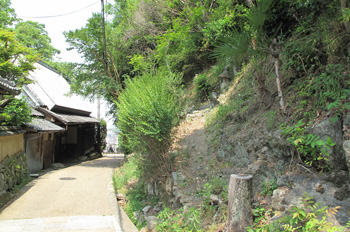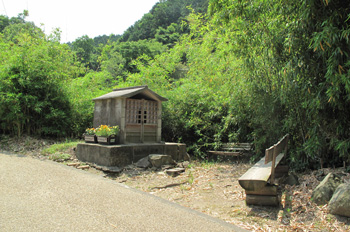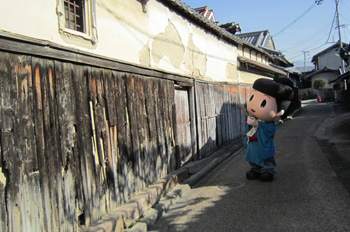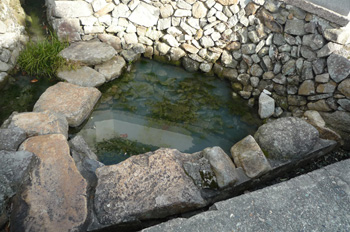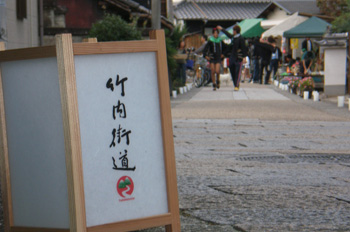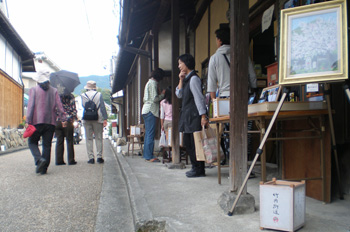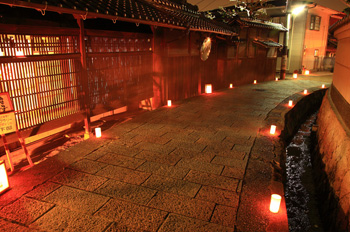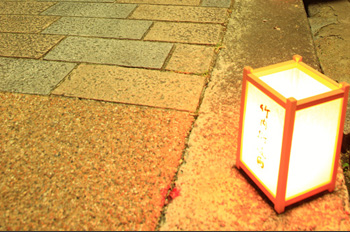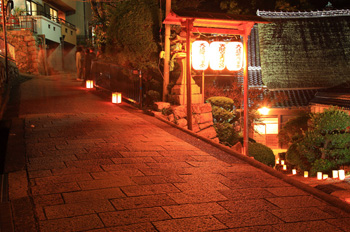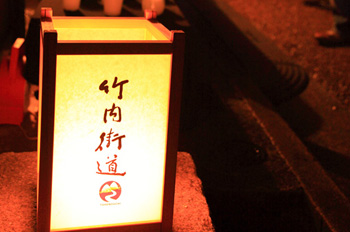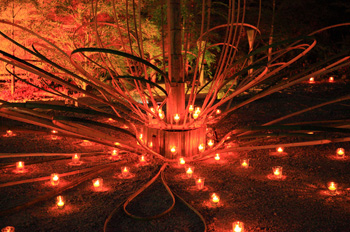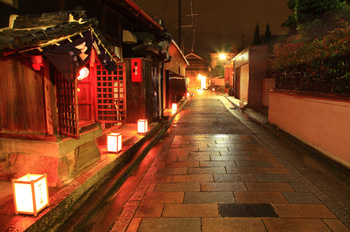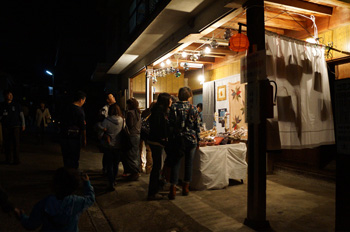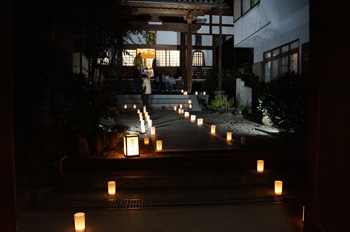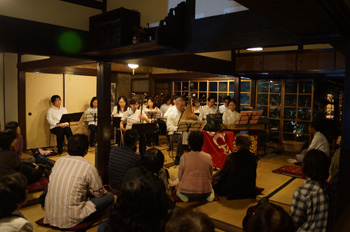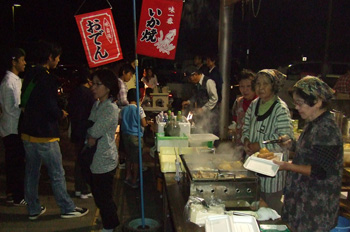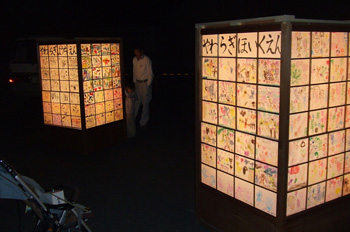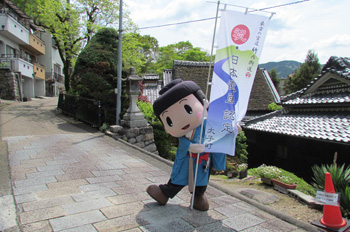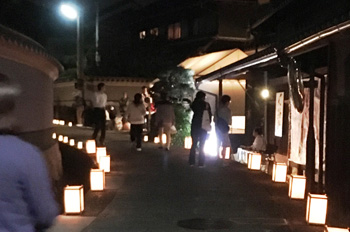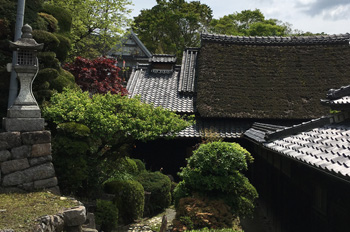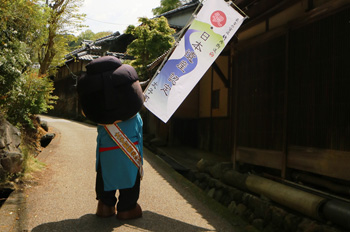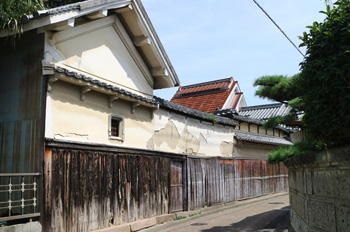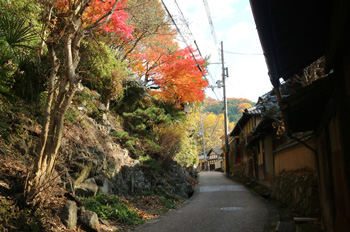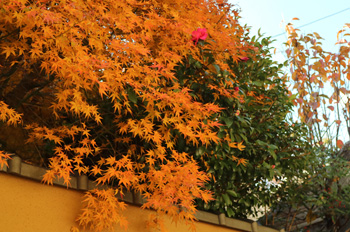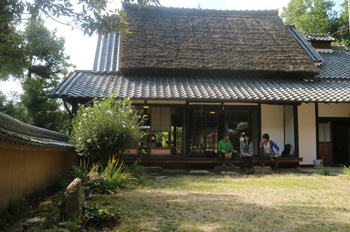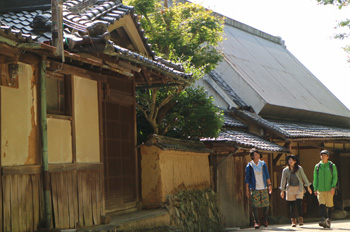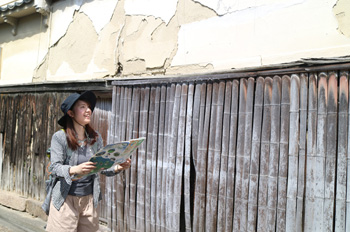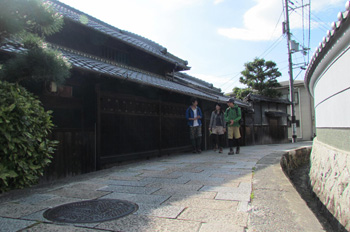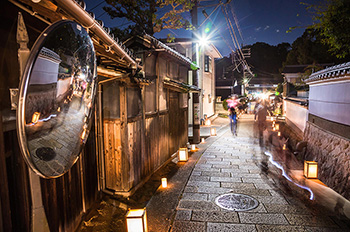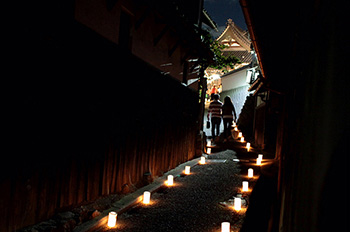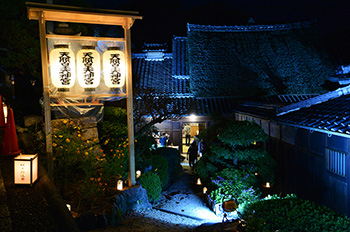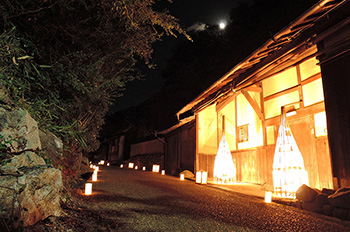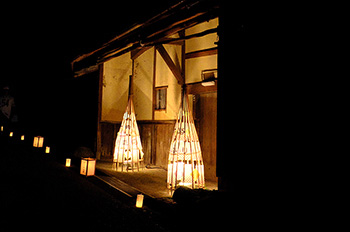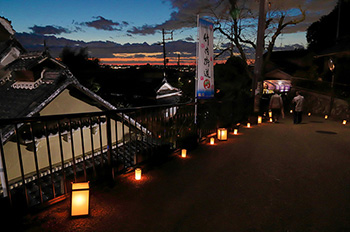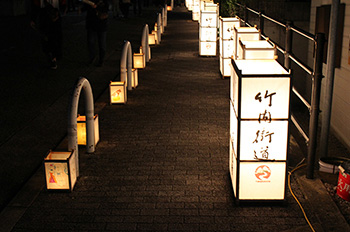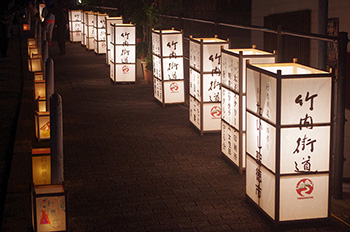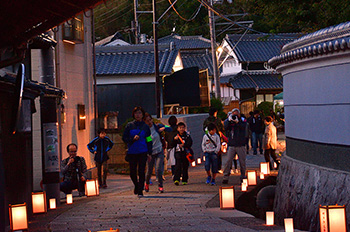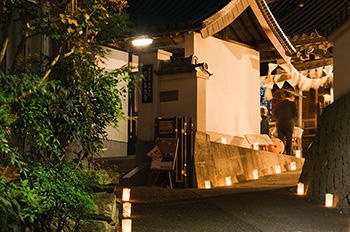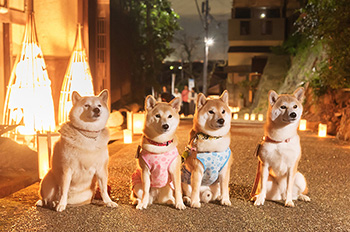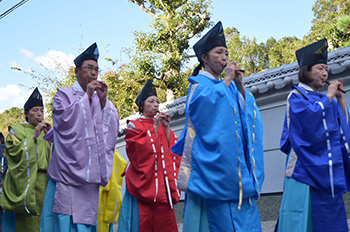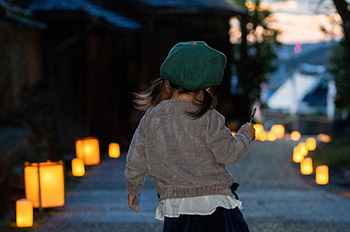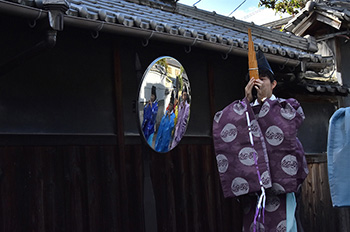Japanese Heritage
- HOME
- Japanese Heritage
Japanese Heritage Site Certification
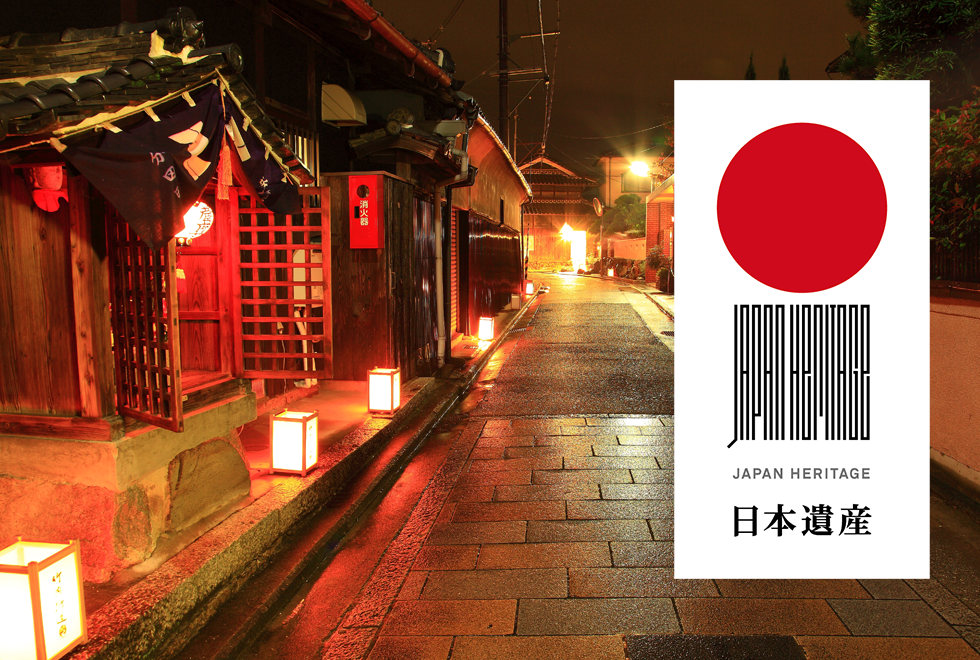
“Spanning 1400 years, proclaiming a deep history, the oldest road, Takenouchi-Kaido / Yokooji (Daido),” has been authorized as a Japanese heritage site.
The Takenouchi-Kaido / Yokooji (Daido) Executive Committee’s goal to make the site a part of Japanese Heritage was the first application to the Agency of Cultural Affairs that resulted in a Japanese heritage certification in Osaka.
In Taishi-cho (Town), one can find the Mausoleum of Prince Shotoku-Taishi and an abundance of imperial tombs, making the town a popular destination for history buffs.
Above all, Takenouchi-Kaido / Yokooji (Daido) has been at the heart of continental cultural exchange as it has functioned as a path for economic growth since ancient times. From the flourishing middle ages, to the bustling Ise pilgrimages in modern times, this ancient road has acquired a variety of characteristics from different places and eras. As you walk along this ancient path, you can truly witness history coming to life. Hereafter, we aim to invigorate the surrounding region by strengthening foreign and domestic information exchange and improving the environment.
Below are images of Taishi-cho (Town)’s Japanese heritage constitutional cultural property.
Click on an image to enlarge.
[Related Links]
Japanese heritage portal site
https://japan-heritage.bunka.go.jp/en/index.html
Takenouchi-Kaido / Yokooji (Daido) ~From Namba to Asuka, Japan’s oldest official road~
Takenouchi-Kaido / Yokooji~From Namba to Asuka, Japan’s oldest official road “Daido” ~ Activation Executive Committee
http://www.saikonokandou.com/
The history of Takenouchi-Kaido / An overview
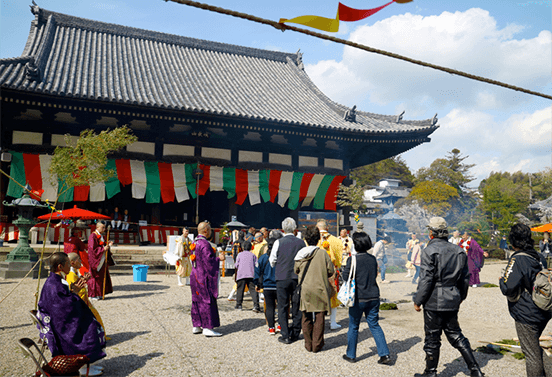
In 613 A.D., as written in the Nihon-Shoki (the oldest chronicles of Japan), a large road was made from Namba to Asuka.
From long ago, this road has served numerous functions.
The road was used by people from Paleolithic times to access Mt. Nijou-zan, as they desired stone tools made from sanukite. Since the road lay at the end of the Silk Road, traders brought their cultures from mainland China and the Korean peninsula on the last leg of their journey. The road was at the center for followers of the Shotoku-Taishi religious faith. Many made pilgrimages to the 33 temples in the Kinki area containing a statue of Avalokitesvara, Eifuku-ji Temple, Omine, Koya, Kumano, and Ise. The road has also been a source of economic growth, with traders traveling to and from Yamato and Kawachi to exchange goods.
This road has stood the test of time and has come to be known as Takenouchi-Kaido.
With an overall length of about 30km (18.6 miles), Takenouchi-Kaido stretches from Oshoji, Sakai to the Nagao Shrine in Kasagi, Nara. According to the Nihon-shoki, “The Daido (main road) established in 613 A.D., stretching from Namba to the imperial capital (Asuka),” is the oldest highway in Japan. From long ago, this road has served as an important historical stage.
The Takenouchi-Kaido, which traverses east and west and connects the Nara basin with Yokooji, was actively used by Ono-no Imoko’s envoy to Sui dynasty China and other foreign delegations even when the capital was moved to Fujiwara.
Takenouchi-Kaido flourished as the latest technologies and cultural practices, which arrived at Namba harbor, were brought to Asuka (the last stop on the Silk Road) via this “diplomatic road.”
Further, as the Shotoku-Taishi faith became popular and the Eifuku-ji Temple, which guards the sacred ground of the Shotoku-Taishi Mausoleum, Takenouchi-Kaido prospered as a “faith road.”
During the Edo period, guide posts, inns, tea houses, and the like were built to accommodate those using Takenouchi-Kaido as a “religious road” for their pilgrimages to Ise, Omine, and Taima.
During the Meiji period, the road became even more important as an “economic road” when it was used to move goods during the annexation of Sakai, in the southern part of Osaka, to Nara.
For that reason, great improvements were made to the Takenouchi mountain pass.
Even now, an inscribed stone monument commemorating the improvements remains on the old mountain road.
Takenouchi-Kaido is a road that has served a variety of purposes and undergone countless changes throughout the centuries.
Even through all of its many transformations, the guideposts and lanterns that line the old road still bring to life the once-bustling past.
Takenouchi-Kaido Photo Studio
Below are images of Takenouchi-Kaido. Click on an image to enlarge. We will be adding more photos as they become available, so make sure to check back!
The 10th Commemorative
Takenouchi-Kaido Toro Matsuri (Festival) Photo Contest
Introduction of Prizes
Thank you for all of your entries.
43 total submissions have been evaluated and chosen to receive awards: one first-place prize, one Chair of Takenouchi Kaido’s Convention for Livelihood Creation award, one Mayor of Taishi-cho (Town) award, one Chair of Taishi-cho Tourism and Town Development Association award, and 10 Takenouchi-Kaido Toro Matsuri (Festival) prizes.
[Photo Subject]
The tenth Takenouchi-Kaido Toro Matsuri (Festival), held on October 20th (Sat.), 2018
[Submission Period]
October 21st (Mon.), 2018 ~ November 10th (Sat.), 2018
[Sponsor]
Takenouchi Kaido’s Convention for Livelihood Creation
[Photo contest joint sponsor]
Taishi-cho Tourism and Town Development Association


